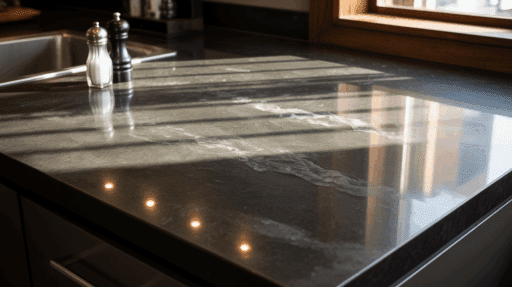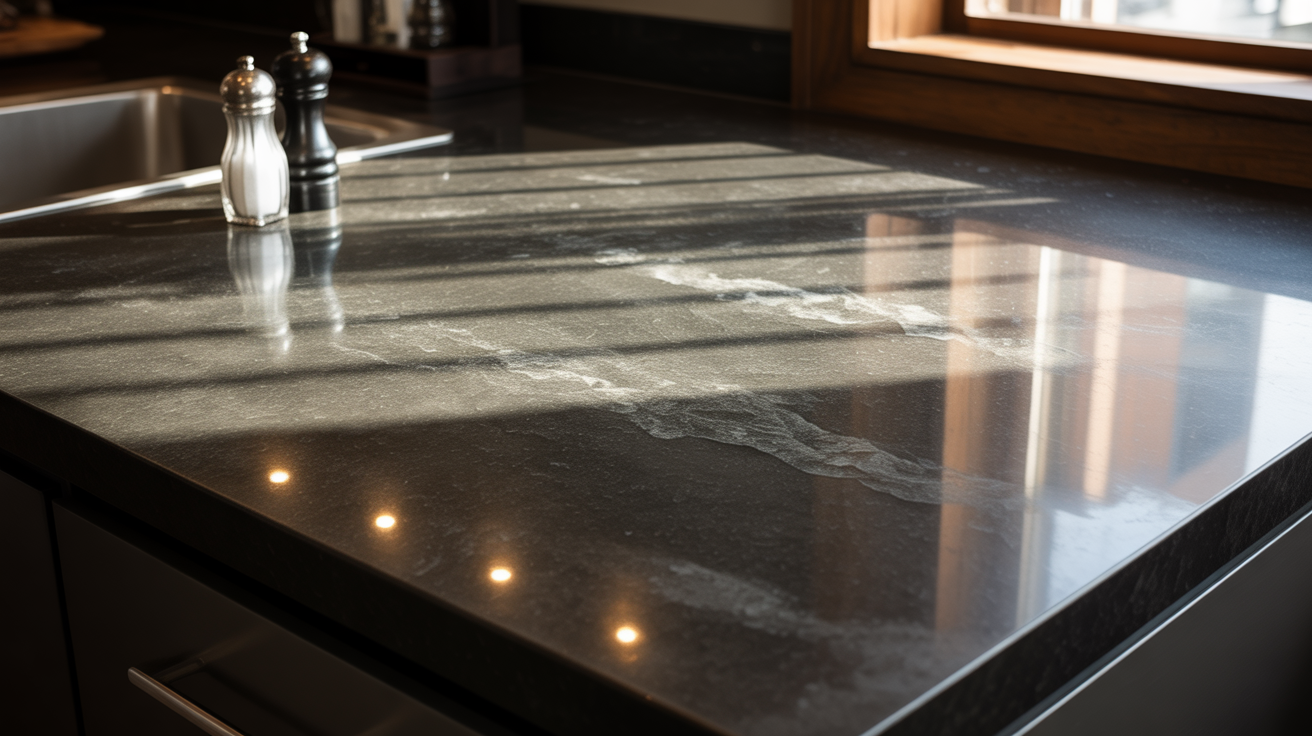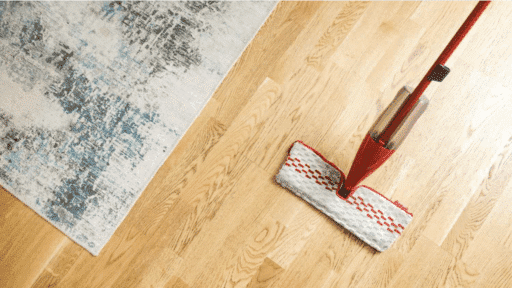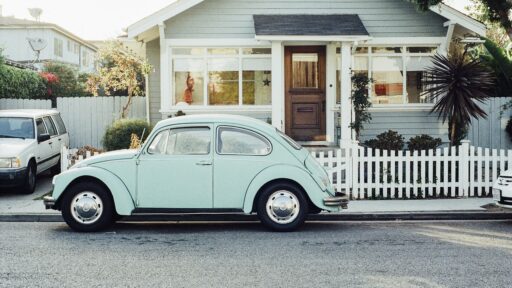Picture this: You’re cooking dinner and need to grab a hot pan from the stove. Your granite countertop is right there, looking strong and ready. But wait – should you put that sizzling pan directly on the stone?
This question pops up in kitchens everywhere. Granite looks tough. It feels solid. Many people think it can handle anything.
The truth is a bit more complicated. While granite is naturally heat-resistant, there are a few things you should know before making it your go-to surface for hot cookware.
Understanding how heat affects granite can save you from costly repairs down the road. It can also help keep your countertops looking their best for years to come.
Let’s find out what happens when hot meets stone. You’ll learn simple ways to protect your investment while still enjoying your beautiful kitchen.
Why Granite Countertops Are Popular
Granite has earned its reputation as a premium countertop material for several compelling reasons.
The stone’s natural strength makes it incredibly resistant to daily wear and tear, capable of withstanding the demands of busy kitchens without showing significant signs of damage.
Each slab has unique geological features like veining and minerals, making no two granite countertops identical.
The material’s heat resistance is another significant advantage. Granite forms under extreme temperatures deep within the earth, which gives it natural tolerance to heat that surpasses many other countertop options.
This characteristic makes it particularly appealing for kitchen environments where hot cookware is regularly used.
Can You Put Hot Pans Directly on Granite?
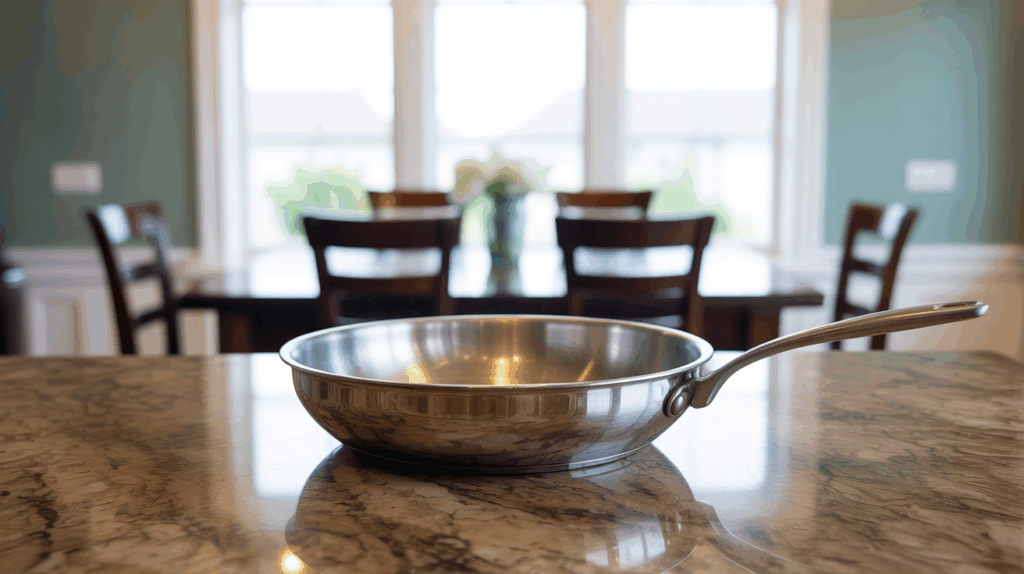
The short answer is that while granite can handle moderate heat, placing extremely hot pans directly on the surface carries certain risks that are worth considering.
The Real Problem: Thermal Shock
Think of thermal shock like jumping into a cold pool on a hot day – but for your countertop.
When a blazing hot pan is placed on cool granite, different parts of the stone expand and contract at varying speeds. This creates stress that can lead to discoloration or even cracks over time.
How Much Heat Can Granite Take?
Granite beats other countertop materials hands down. It can withstand temperatures of up to 1,200°F without immediate damage, significantly hotter than most cookware typically reaches.
To put this in perspective, your average frying pan reaches about 400-500°F, while oven-baked dishes typically max out around 450°F. But here’s the catch:
It’s not just about how hot the pan is. It’s about the sudden temperature jump that causes problems.
What the Pros Say
Kitchen experts and stone specialists agree on one thing: use protective barriers. A simple trivet or hot pad between your cookware and granite goes a long way in keeping your countertops looking great.
These protective tools cost just a few dollars but can save you hundreds in potential repairs. Think of them as a cost-effective insurance policy for your expensive countertops.
Quick Tip: Keep a few trivets near your stove so they’re always within reach when you need them. Your granite will thank you later!
What Happens If You Place a Hot Pan on Granite?
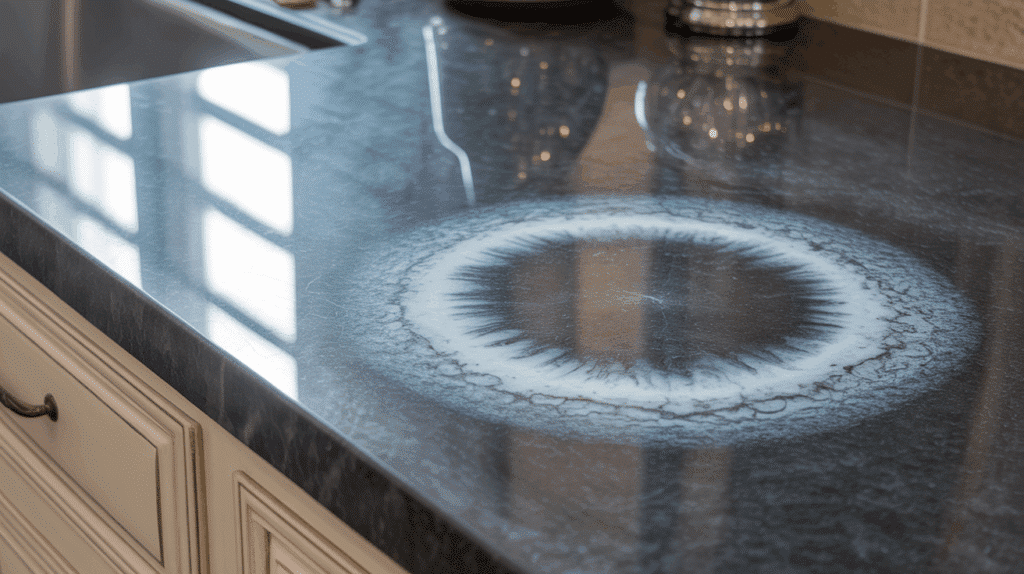
When hot cookware comes into contact with granite, several things can happen, depending on the temperature of the pan and its duration of exposure.
Immediate Effects: Discoloration is usually the first noticeable change. Heat can cause minerals in the granite to change color, either temporarily or for good. This is especially true for lighter granite colors, where heat marks show up more easily.
What’s Happening Inside the Stone: Extreme temperature differences within the granite create stress. When a scorching pan meets a room-temperature stone, the granite must adjust quickly to the temperature change. Over time, this process can weaken the stone’s structure.
The Long-Term Picture: Here’s the thing: one hot pan probably won’t ruin your countertops. However, repeated exposure gradually weakens the stone, making it more likely to crack or develop permanent discoloration over time.
Best Practices for Using Hot Pans on Granite
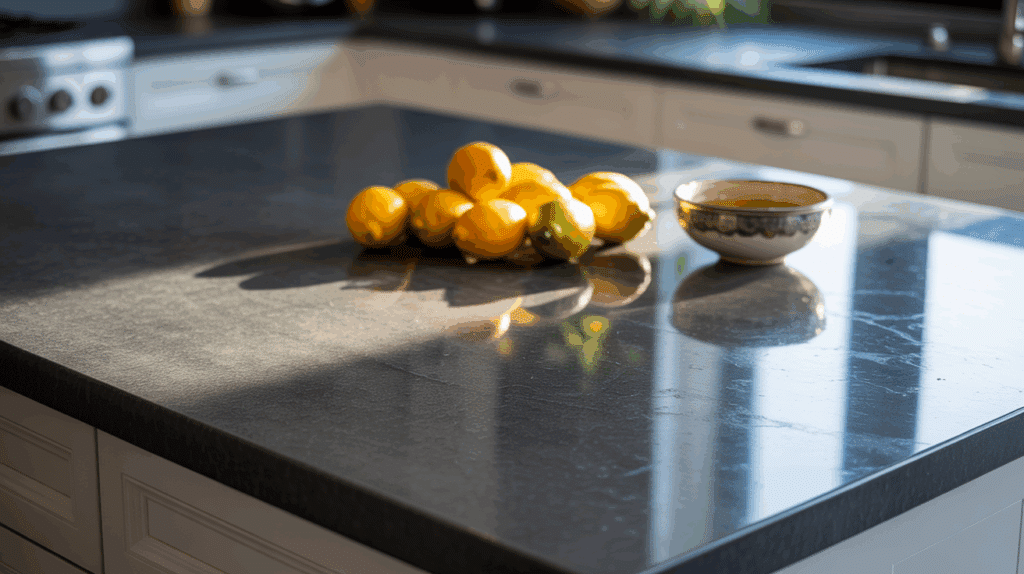
Protecting your granite countertops from heat damage requires simple but consistent practices that can significantly extend the life and appearance of your investment.
1. Create Protective Barriers
Using trivets, hot pads, or heat-resistant mats creates a protective barrier between hot cookware and your granite surface.
These inexpensive tools distribute heat more evenly, preventing direct contact between extreme temperatures and the stone. Essential protective tools include:
- Trivets (metal or silicone work best)
- Heat-resistant mats or pads
- Cutting boards that can double as heat shields
- Pot holders designed for countertop use
2. Smart Temperature Management
Temperature management is crucial for maintaining the care of granite. Instead of moving pans directly from high heat to the countertop, allow cookware to cool slightly on the stovetop or use a designated cooling area.
This approach reduces the temperature differential and minimizes stress on the granite.
3. Set Up Heat-Safe Zones
Consider designating specific areas of your kitchen for hot items. Installing a heat-resistant mat near the stove or keeping trivets readily available encourages consistent protective habits.
Some homeowners install pull-out cutting boards or heat-resistant surfaces that can serve as landing spots for hot cookware. Smart kitchen setups include:
- Heat-resistant landing zones near the stove
- Trivets stored in easily accessible drawers
- Pull-out heat-resistant cutting boards
- Dedicated cooling racks for hot dishes
What Mistakes to Avoid While Using Granite
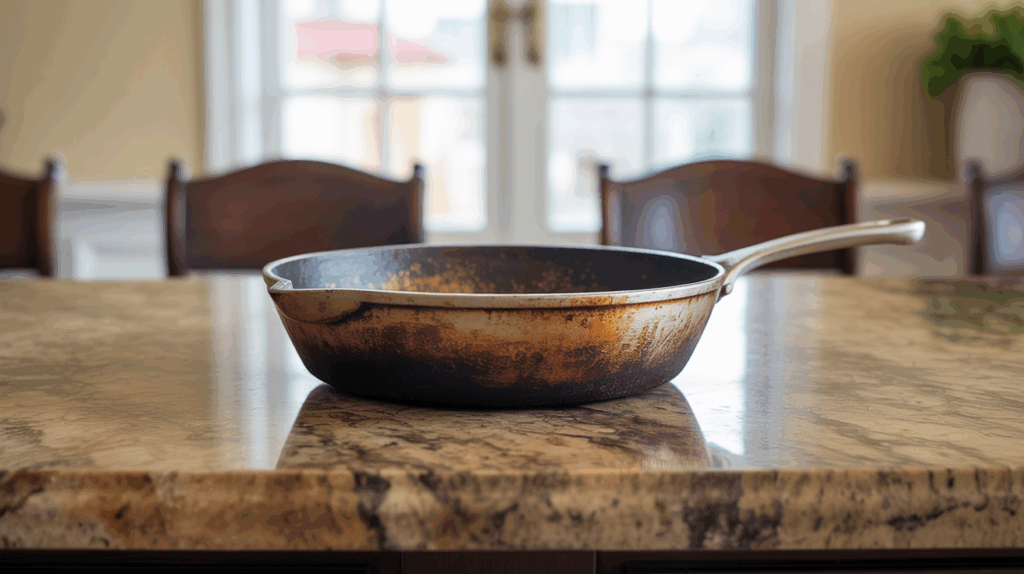
Understanding common granite care mistakes can help you avoid costly damage and maintain the appearance of your countertops.
Placing hot pans directly on granite represents one of the most common oversights. However, granite can withstand heat better than many materials; sudden temperature changes can cause lasting damage over time.
Using harsh cleaners or abrasives can dull the granite’s natural shine and create micro-scratches that make the surface more susceptible to staining. Stick to pH-neutral cleaners specifically designed for natural stone.
Failing to meet sealing requirements leaves granite vulnerable to stains and discoloration. Most granite countertops need resealing every 1-2 years to maintain their protective barrier against spills and stains.
Chopping or cutting directly on granite may seem logical given the stone’s hardness, but this practice can damage both your knives and the granite surface. Always use cutting boards to protect both your tools and countertops.
Spilling acidic substances like lemon juice, vinegar, or wine without immediate cleanup can cause etching on the granite surface. These substances can dull the stone’s finish and create permanent marks.
General Granite Countertop Care and Maintenance Tips
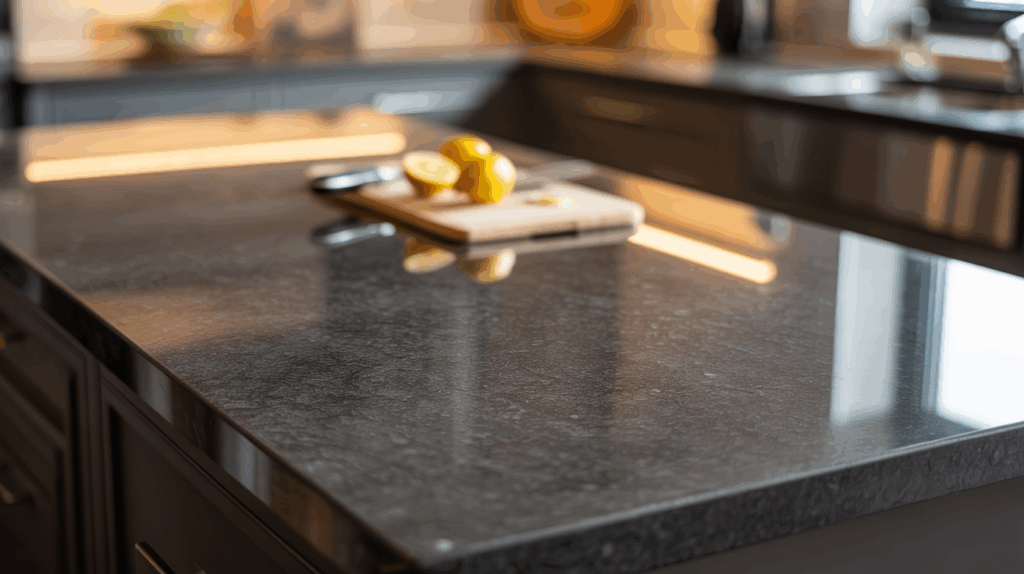
Proper granite maintenance goes beyond just heat protection and requires simple daily habits.
The Basics That Matter Regular sealing protects your granite from liquid damage. Test your seal by dropping water on the surface – if it beads up, you’re good; if it soaks in, time to reseal.
For daily cleaning, use mild, pH-neutral cleaners with soft cloths. Handle spills immediately by blotting (not wiping) to prevent stains from setting in.
Stay Ahead of Problems: Check regularly for small chips or cracks. Catching these issues early keeps repairs affordable and straightforward.
Pro Tip: Keep a spray bottle filled with warm water and a few drops of dish soap under your sink. It’s the perfect daily granite cleaner that won’t break the bank or damage your stone!
Final Thoughts
While granite’s natural heat resistance makes it more forgiving than many countertop materials, the safest approach is to avoid placing hot pans directly on the surface.
By incorporating simple protective habits, such as using trivets and heat pads, maintaining proper sealing, and following appropriate cleaning practices, you can enhance your home’s safety.
With proper care and attention, your granite countertops can continue to serve as both a practical work surface and a centerpiece of your kitchen’s design for many years to come.
Have you had experiences with granite countertops and heat damage? We’d love to hear about your granite care tips and any lessons learned along the way.
For additional granite care, consider exploring specialized stone sealers, quality trivets, and pH-neutral cleaners designed specifically for natural stone surfaces.

